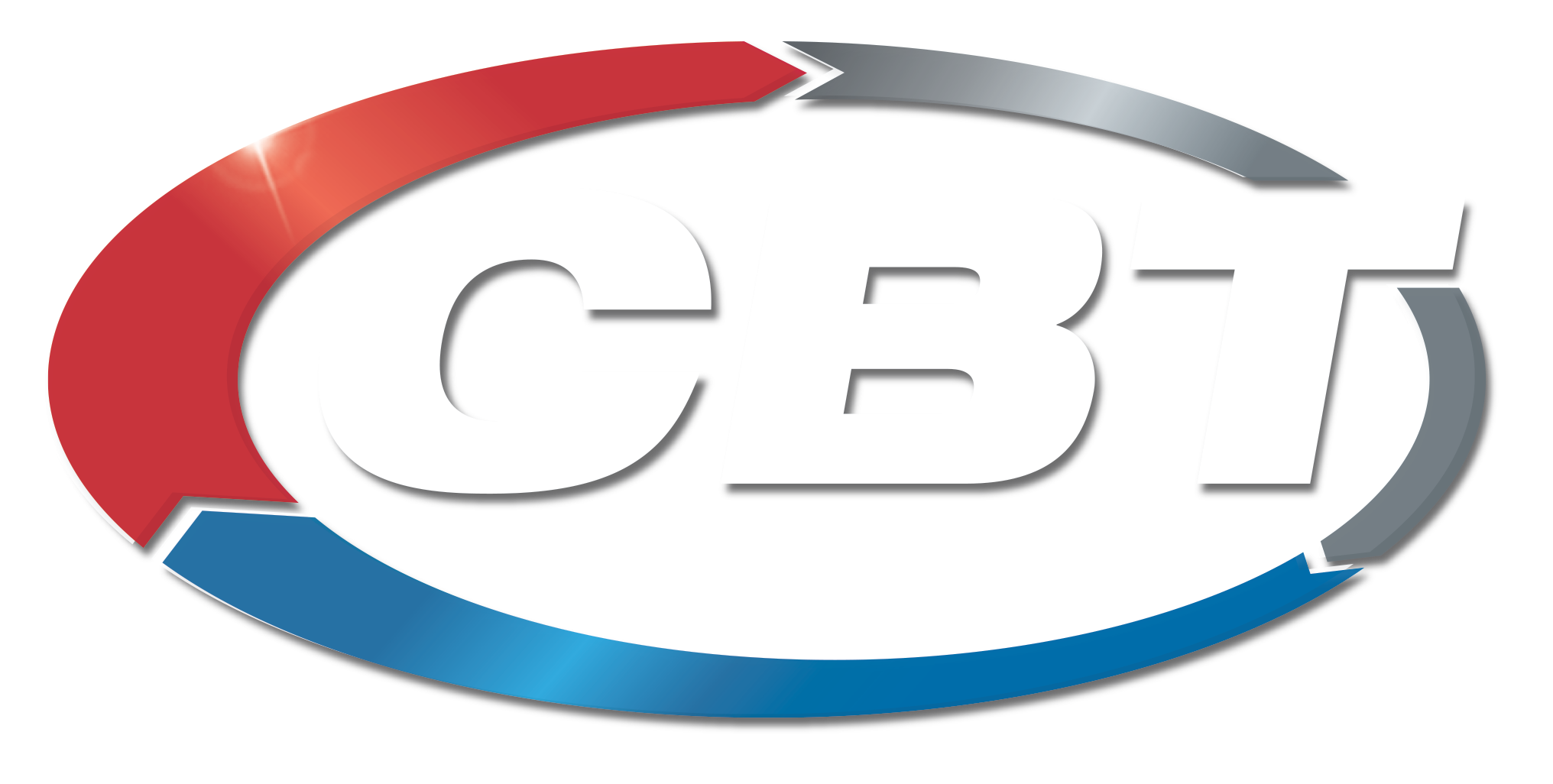
In the past few years, food manufacturers and regulators have become more and more vigilant for environmental pathogens with issues triggering swab-a-thons and, in the worst-case scenario, product recalls. Whole-genome sequencing has allowed regulators to discover links between plant “bugs” and foodborne outbreaks and to sharpen their focus on detecting and eliminating pathogenic contamination from the manufacturing environment. The two primary pathogens are Listeria in wet plants and Salmonella in dry plants. Companies should use a combination of environmental monitoring program (EMP) testing and sanitation observation to understand the effectiveness of their sanitation programs.
There are three main ways for microorganisms to find their way into product during manufacturing; arriving from raw ingredients, being carried in by employees or visitors, or residential microbes living inside the plant. With the introduction of the Food Safety Modernization Act (FSMA), food manufacturers have shored up the monitoring of incoming ingredients. A focus on sanitary manufacturing practices help prevent employee transmission with hand washing stations and threshold sprayers depositing sanitation foam in high traffic areas to prevent cross contamination from footwear, forklifts, and rolling carts. A captive shoe program requiring company issued footwear to be worn at all times and kept inside the plant can prevent contamination normally brought in by simply walking through the door. They also require captive shoes for all visitors of the plant. Your CBT account managers and specialists may enter multiple food plants a day and providing footwear will keep them from bringing another food plant’s issue into yours.
New guidance from the FDA charges manufacturers to create action plans when contamination is found. This requires going beyond the old “reclean and retest” strategy that has been the staple of EMPs for years. Today, finding the source of the contamination is key to stop future outbreaks. Vector swabbing, or systematically testing in a grid pattern, is one of the best tools to isolate the areas of concern. Once, the source is located, the next step is to destroy it and put in preventative measures to prevent another flare-up.
A large inhibitor to a robust EMP is the potential liability of a positive pathogen test result. Fearful of a costly recall, high cost of testing, and our litigious society, companies have been reluctant to install a truly robust EMP. Swabbing can be done in a way to avoid areas that positive tests are likely to occur. In a training exercise for my Sanitation Essentials and Hygienic Design Certification, we performed 25 swab tests in a room where ten possible positive readings could occur. We were able to only find three out of the ten. If we were trying to purposely miss the hot spots, we could have gone zero for 25.
Don’t let the fear of testing put your business at risk. Areas where positive tests are likely should be swabbed on a regular basis. Results should be communicated to all personnel involved in that area so plans can be made to improve sanitation practices or improve the cleanability of the equipment in question. Many older machines use components that may be hard, if not impossible, to clean. Engineering and maintenance personnel should be alerted to the issues so that they can be involved in possible modifications.
Let CBT help take your plant sanitation and hygienic design to the next level. We have a team of highly skilled professionals that can help you identify which equipment is ideal for your working environment. The upfront costs of new equipment with hygienic components can be daunting, but when you consider the risk of OSHA violations, product recalls, and equipment downtime, the investment is worth the peace of mind.
Are you interested in learning more about hygienic design or fine-tuning your current system?
Chat with Larry in person about the latest in Food & Beverage technology at our upcoming Centennial Showcase.













